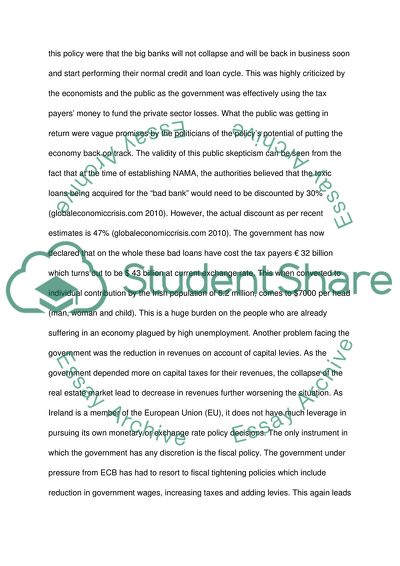Cite this document
(Success of the Irish Government and the European Central Bank in Article - 9, n.d.)
Success of the Irish Government and the European Central Bank in Article - 9. https://studentshare.org/macro-microeconomics/1737168-economics
Success of the Irish Government and the European Central Bank in Article - 9. https://studentshare.org/macro-microeconomics/1737168-economics
(Success of the Irish Government and the European Central Bank in Article - 9)
Success of the Irish Government and the European Central Bank in Article - 9. https://studentshare.org/macro-microeconomics/1737168-economics.
Success of the Irish Government and the European Central Bank in Article - 9. https://studentshare.org/macro-microeconomics/1737168-economics.
“Success of the Irish Government and the European Central Bank in Article - 9”. https://studentshare.org/macro-microeconomics/1737168-economics.


